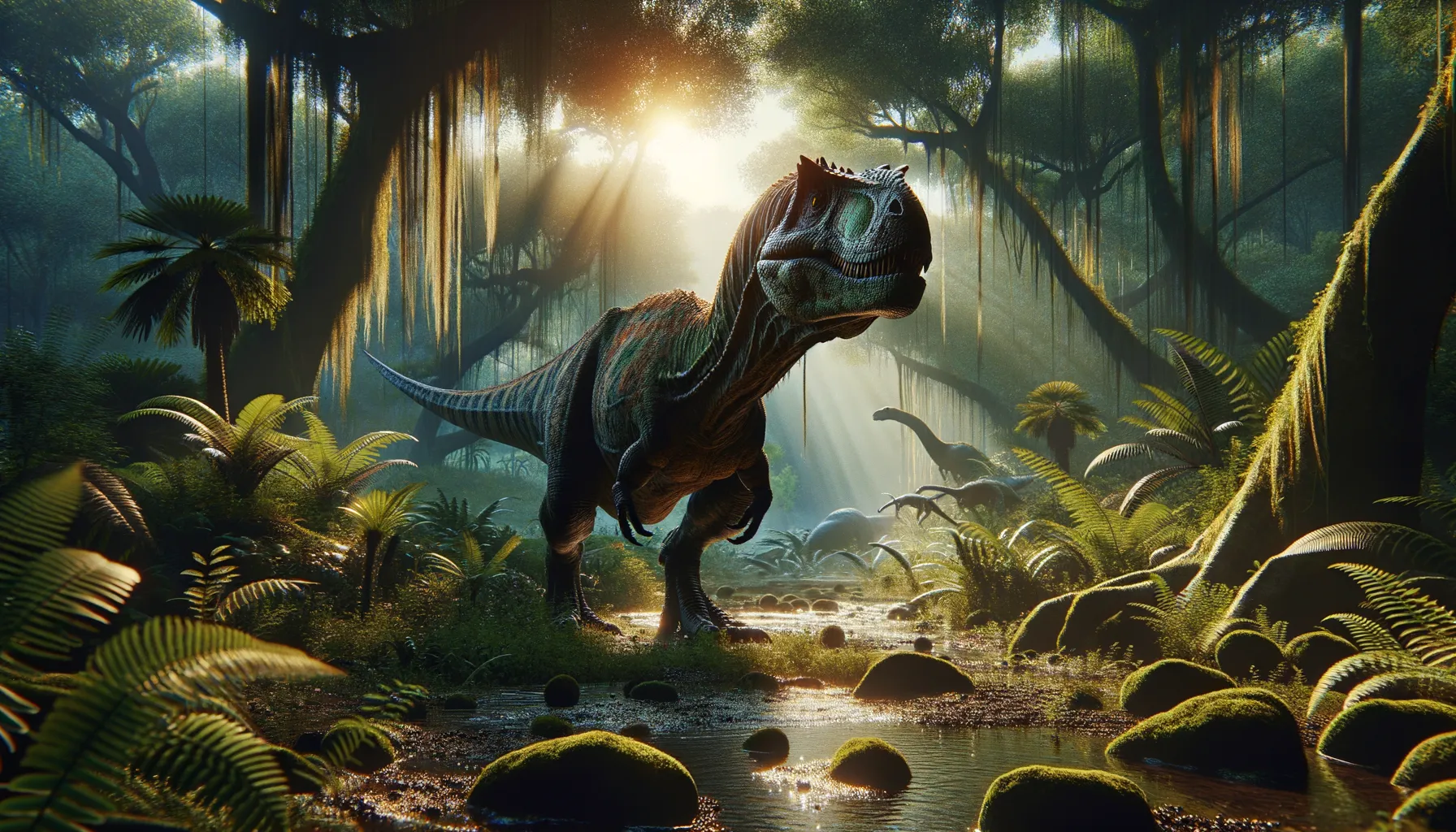
Protognathus
Unravel the mystery of prehistoric enigmas.
Period
Jurassic
Length
Length measurements for Protognathus are also imprecise.
Height
The height estimates for Protognathus are indeterminate.
Weight
Its weight is yet to be accurately determined.
Protognathus is a lesser-known dinosaur with limited fossil records. Its study contributes valuable insights into the biodiversity of the Jurassic period. As a dinosaur with an enigmatic history, Protognathus represents one of the many puzzles paleontologists aim to solve in understanding prehistoric life. Despite scarce details, it adds to the overall picture of dinosaur evolution and diversity.
Diet
Protognathus likely had a varied diet. It might have been an omnivore, adapting to available resources for survival.
Hunting
The hunting behavior of Protognathus remains speculative. It may have used stealth or opportunistic strategies to capture food.
Environmental challenges
Protognathus faced the considerable challenges of a dynamically changing Jurassic environment. Fluctuating climate conditions demanded adaptability and resilience. It likely competed with other species for resources, influencing its evolutionary path.
Speed
Protognathus was known for its moderate speed.
Lifespan
Lifespan details of Protognathus are unknown.
First discovery
It was first discovered in the late 19th century.
Fun Facts
- Protognathus was a small dinosaur that lived during the Late Jurassic period.
- It is believed to have belonged to the theropod group, which includes creatures like Tyrannosaurus rex and modern birds.
- Fossils of Protognathus have been mostly found in what is now Europe.
- This dinosaur was likely a carnivore, as suggested by its sharp teeth designed for catching prey.
- Protognathus may have been covered in primitive feathers, a sign of its close connection to birds.
- It walked on two legs, using its long tail to help balance itself.
- Though not the biggest dinosaur, Protognathus was fast and agile, traits that helped it survive in its environment.
Growth and Development
Details about Protognathus's growth stages are sparse. It might have followed typical growth patterns seen in other theropods, maturing over several years. Growth rates likely varied in response to environmental pressures and food availability.
Habitat
Protognathus inhabited areas that provided sufficient food and shelter. These regions included lush forests and open plains typical of the Jurassic. Its habitat was characterized by a variety of ecosystems, supporting diverse life forms.
Interaction with other species
Protognathus may have interacted with other dinosaurs and prehistoric animals. Such interactions could include competition for food and territory. Fossil evidence might reveal insights into its ecological relationships.
Natural lifespan
The natural lifespan of Protognathus is not well-documented.
Reproduction
Protognathus reproduction details are largely speculative. Paleontologists presume it laid eggs, similar to other theropods. Nesting behavior and parental care remain topics of interest and study.
Social behaviour
Social behavior in Protognathus is unclear due to limited data. It might have exhibited solitary or group behaviors, depending on environmental demands. Understanding its social structure is crucial for comprehensive dinosaur ecology.
Fossil locations
To date, fossils of Protognathus have been discovered in select areas, offering limited but intriguing insights. These fossils contribute to global understanding of Jurassic biodiversity. Further excavations may uncover more locations, enhancing knowledge of its distribution.
